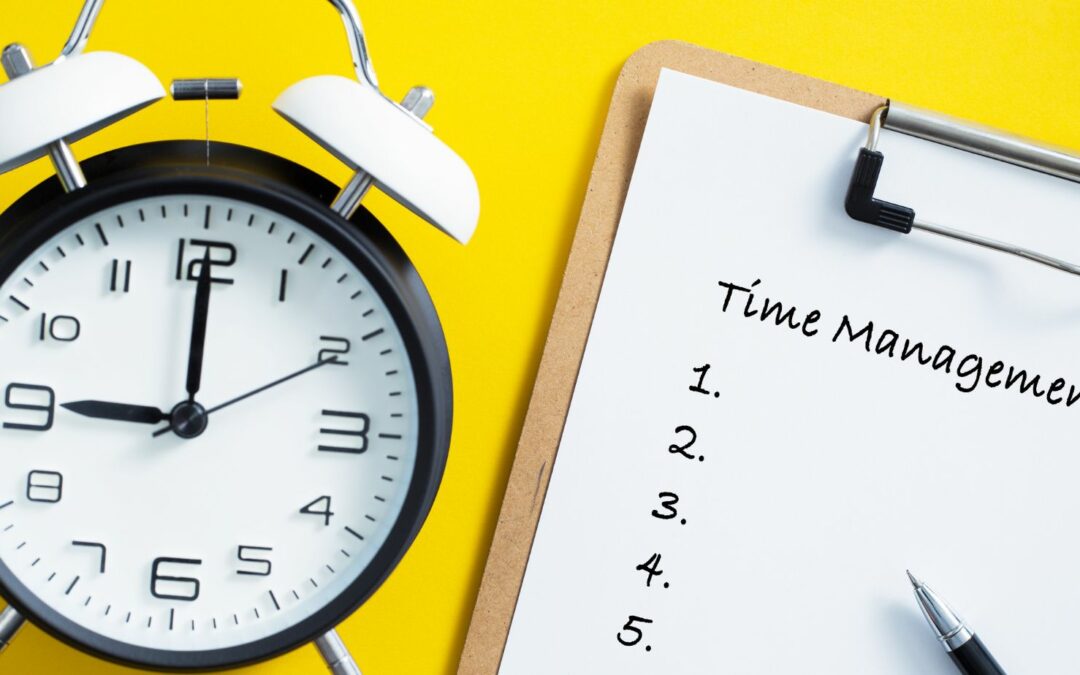Have you ever wondered what time it will be 30 minutes from now? It’s a question that may pop into our minds when we need to plan our schedule or make sure we don’t miss an important event. Well, I’m here to provide you with a straightforward answer.
If the current time is, let’s say, 2:00 PM, then adding 30 minutes to it would give us 2:30 PM. It’s as simple as that! The concept of time can sometimes feel abstract and elusive, but calculating the future time by adding minutes is something we can easily grasp.
So, whether you’re eagerly anticipating a meeting or simply curious about the passage of time, knowing that it will be 30 minutes ahead from the present moment can help you stay organized and prepared.
What Time Will It Be 30 Minutes From Now
Time is a fundamental aspect of our daily lives. It governs our schedules, determines when events occur, and helps us make sense of the world around us. However, understanding time can sometimes be perplexing. In this section, I’ll explore the concept of time and shed some light on how we can comprehend it better.
The Basics
Time can be thought of as a continuous progression of moments that unfold in a linear fashion. We measure time using units such as seconds, minutes, hours, days, weeks, months, and years. These units allow us to organize our activities and establish a common framework for communication.
Time Zones
One important factor to consider when discussing time is the concept of time zones. Due to the Earth’s rotation and its division into 24 longitudinal sections, each zone represents a specific region where local clocks are set to reflect a standardized time offset from Coordinated Universal Time (UTC). This helps coordinate activities across different regions and ensures that everyone operates on relatively synchronized schedules.
Calculating Future Times
Now let’s address the question at hand: “What time will it be 30 minutes from now?” To find the answer, we need to understand how to calculate future times accurately.
To determine the future time based on an initial reference point:
- Note down the current time.
- Add the desired duration (in this case, 30 minutes) to the current time.
- Adjust for any changes in daylight saving timezone differences if applicable.
For example, suppose it is currently 2:00 PM in your local time zone. Adding 30 minutes would give you a future time of 2:30 PM.

Conclusion
In conclusion – there it is! A brief overview of understanding time. From grasping the basics to considering factors like time zones and calculating future times, we can navigate through our days with more clarity and certainty.
Remember that while time can sometimes feel elusive, it is ultimately a tool that helps us organize and structure our lives. Embrace it, make the most of it, and always stay curious about the mysteries that time holds.
Our super author here at Famous Parenting and an absolute wealth of knowledge. She has studied many topics including creative writing, psychology and journalism but her real passion lies in raising her 3 children. Between working from home, homeschooling her youngest 2 children and navigating the world of teenagers she is a guru for parents.





